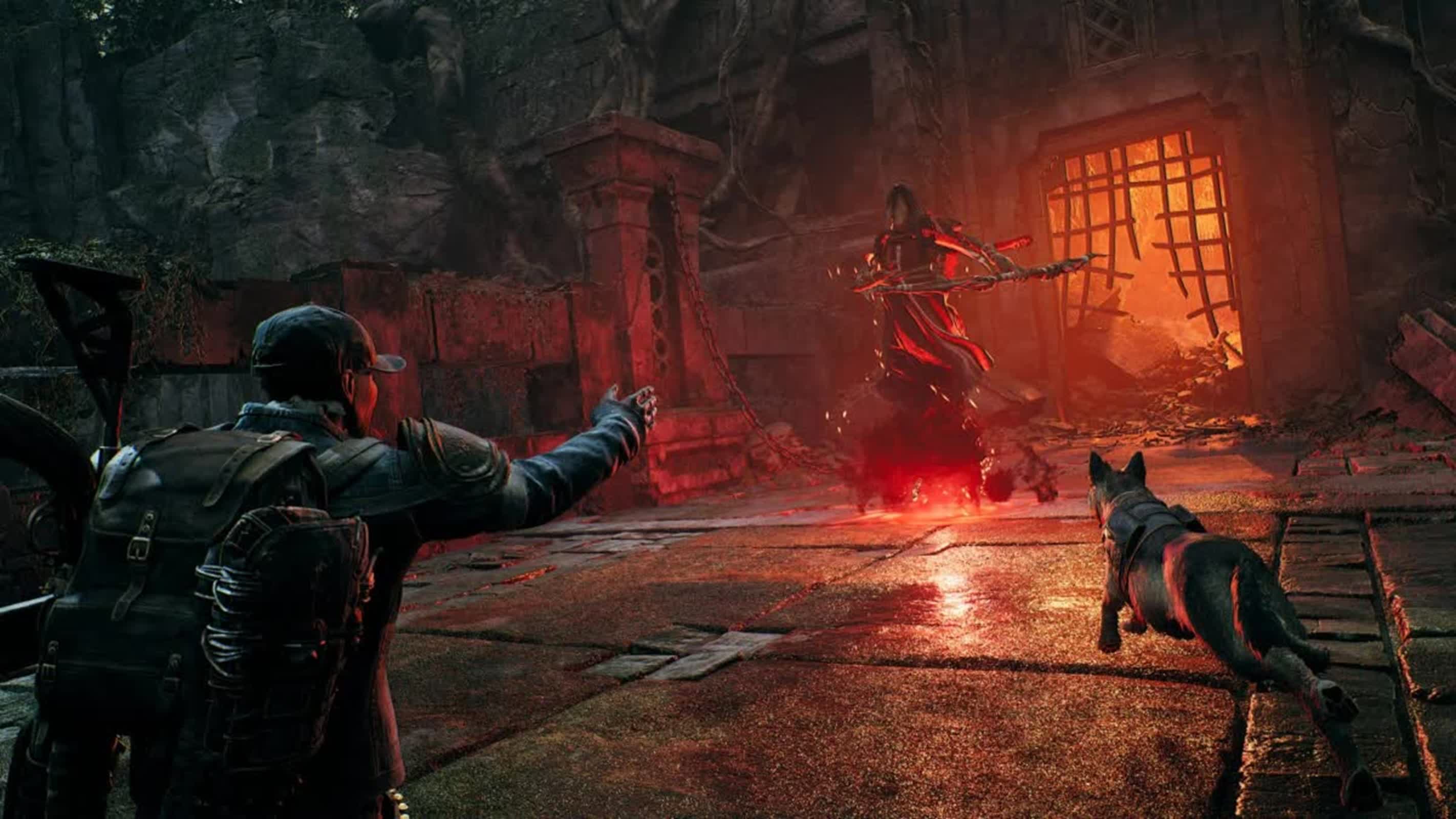In context: Upscaling tech like Nvidia's DLSS can enhance lower-resolution images and improve image quality while achieving higher frame rates. However, some gamers are concerned that this technology might become a requirement for good performance – a valid fear, even though only a few games currently list system requirements that include upscaling. As the industry continues to evolve, how developers address these concerns remains to be seen.
AI, in its current primitive form, is already benefiting a wide array of industries, from healthcare to energy to climate prediction, to name just a few. But when asked at the Goldman Sachs Communacopia + Technology Conference in San Francisco last week which AI use case excited him the most, Nvidia CEO Jensen Huang responded that it was computer graphics.
"We can't do computer graphics anymore without artificial intelligence," he said. "We compute one pixel, we infer the other 32. I mean, it's incredible... And so we hallucinate, if you will, the other 32, and it looks temporally stable, it looks photorealistic, and the image quality is incredible, the performance is incredible."
Jensen is doubling down on observations that Nvidia and other tech executives have made about AI-based upscaling in PC gaming, arguing that it is a natural evolution in graphics technology, similar to past innovations like anti-aliasing or tessellation.
These executives also see AI-based upscaling as increasingly necessary. Graphics technology has the potential to become even more resource-intensive, and hardware-based AI upscaling techniques can help achieve playable frame rates on a wider variety of systems, from handheld and gaming consoles to high-end desktop machines.
It's no surprise that Nvidia is pushing for this future, as its own DLSS upscaling technology is one of the most prominent examples of AI-based upscaling in gaming. The AI model is trained on high-quality images to reconstruct details and produce sharper, cleaner results.
Another competing upscaling technology is Intel's XeSS, which provides up to a 2x performance boost in some games, allowing for higher frame rates without significantly sacrificing image quality (your mileage will vary, of course). XeSS works a lot like Nvidia's DLSS, with the key difference that Intel XeSS supports graphics cards from multiple vendors, while DLSS is limited to Nvidia graphics cards.
This trend, however, worries some gamers who fear the technology will become essential to good performance. Remnant II set what some consider a dangerous precedent by listing system requirements that assume players are using upscaling. It stands out for explicitly mentioning DLSS in its specs, but many modern games are designed with AI upscaling technologies in mind, even if not included in system requirements.
These concerns have some merit, but despite the reservations, AI-based upscaling seems poised to become a significant trend in computer graphics, whether we like it or not.
AMD's upscaling technology, known as FSR (FidelityFX Super Resolution), currently uses a combination of spatial and temporal upscaling, anti-aliasing, and other techniques to enhance image quality from lower-resolution inputs. However, Jack Huynh, Senior Vice President of AMD's Computing and Graphics division, recently announced that the upcoming FSR 4.0 will incorporate AI – potentially the same implementation expected to debut on the PlayStation 5 Pro.
Microsoft has also introduced their own feature called Auto Super Resolution, which uses AI to upscale games in real-time. It requires specific hardware, including an NPU with at least 40 TOPS of processing power. Currently, it is limited to certain games available through the Xbox app for Windows PCs, with supported titles including Borderlands 3, Control, God of War, and The Witcher 3.

